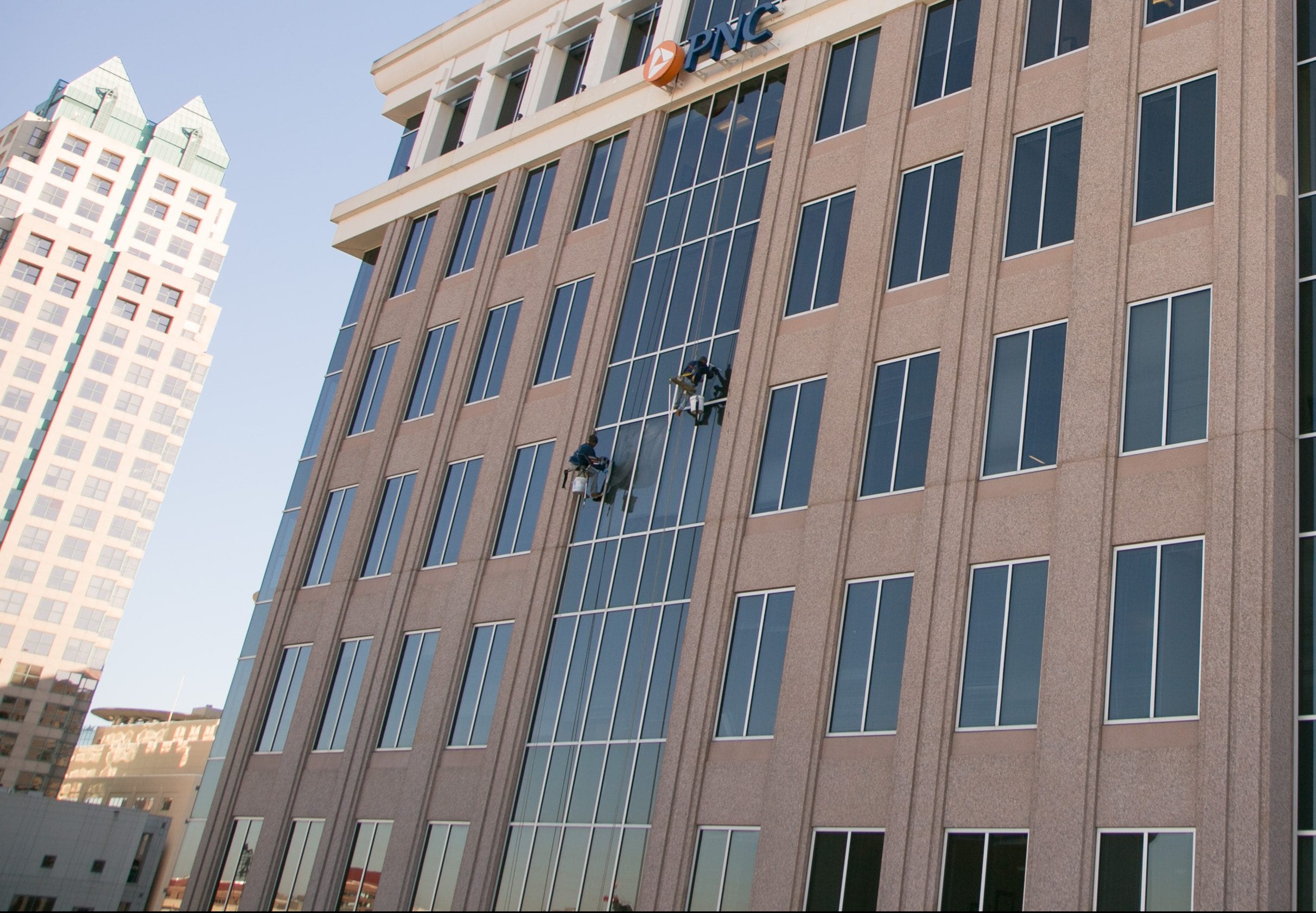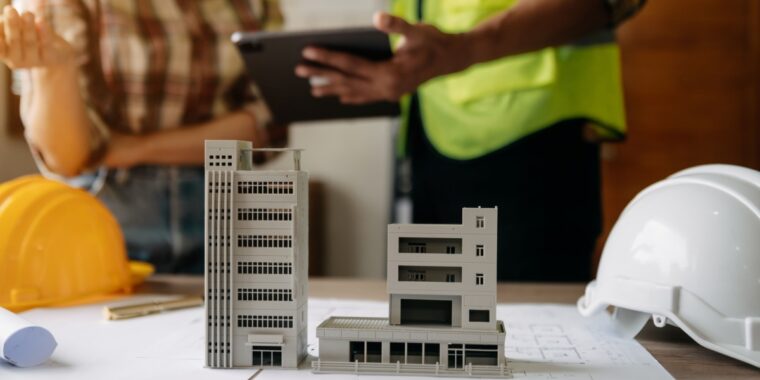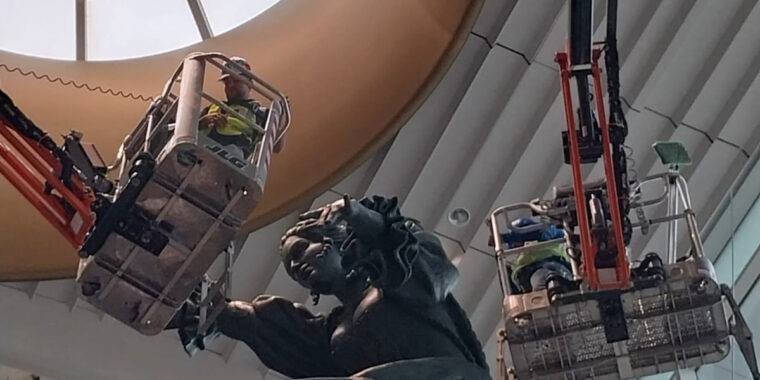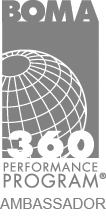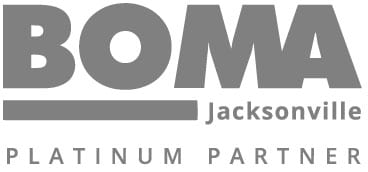Proactive safety measures do more than comply with regulations—they safeguard lives. Maintenance teams and contractors depend on the safety systems that building owners and property managers implement. By prioritizing safety within your budget, you protect people, reduce your liability, and make the most of your maintenance funds before they’re gone, ultimately enhancing your building’s operational stability.
Safeguarding Your Building by Prioritizing Safety Measures
Avoidable incidents, including the recent tragic loss of a business co-owner in Charlotte and the injury of a maintenance worker in Houston, highlight exactly how overlooking safety measures can result in devastating consequences.
As a building owner, it’s critical to understand that your duty to provide fall protection and adhere to OSHA’s General Duty Clause cannot be outsourced or delegated. For this reason, legal and ethical responsibilities for maintaining a safe environment free from recognizable hazards fall squarely on your shoulders. You can protect people by prioritizing safety, reducing liability, and enhancing your building’s operational stability.
Additionally, having proper fall protection systems in place, such as guardrails and anchorages, enhances safety and speeds up maintenance requests, providing quicker resolutions for tenants. For instance, an HVAC contractor can start work immediately when fall protection systems are already in place, eliminating the need for time-consuming setup and breakdown of equipment. Similarly, if there is a leak in the building, proper anchorage allows faster access and repair compared to using an aerial work platform, which requires more coordination and logistical challenges. By prioritizing safety, you protect people and reduce liability, streamline operations, and enhance your building’s overall efficiency.
The High Costs of Overlooking Safety Systems
The safety component is often overlooked or taken for granted when hiring a building service provider. It’s easy to assume the provider you hire is professional and skilled and that they bear the responsibility to operate safely. That’s only partly true. Safety is a burden both the provider and the building owner share.
Shared assurances are commonly required. The building owner must provide anchorage, load testing and certification of the anchorage. The maintenance technician is responsible for supplying proper equipment, ensuring trained staff, and implementing safe work plans. Failure to meet your obligations can lead to liabilities, higher costs, operational disruptions, and far worse.
Let’s examine the financial implications of not complying with OSHA’s regulations. Here are the levels of fines for OSHA violations as of 2024:
- Serious Violations: Up to $16,131 per violation.
- Willful or Repeated Violations: Up to $161,323 per violation.
- Failure to Abate Violations: Up to $16,131 per day beyond the abatement date.
Fall protection citations are among the most common citations handed out, and for good reason. Falls from heights remain the most frequent cause of workplace fatalities and injuries. On top of fines, with some reaching seven figures, property owners could also face lawsuits and civil judgments for neglecting fall protection responsibilities. For these reasons and moral obligations, it pays to keep fall protection as a non-negotiable for your annual budget.
Maximizing Your Safety Systems Budget
A key aspect of creating a safety systems budget for your building is staying in lock-step with OSHA regulations since OSHA is the minimum level of safety required. OSHA will continue to ratchet up efforts to reduce tragic and avoidable falls from heights.
One example is OSHA’s recent National Emphasis Program aimed to raise awareness and reduce injuries and fatalities related to falls from heights. For these reasons, allocating unspent funds toward safety systems ensures you remain compliant and that you, as the building owner willfully took action to mitigate hazards.
Here are our recommendations to maximize your safety systems budget.
Rooftop Assessments: This assessment is the first step in the path to compliance. You can use our self-assessment tool to get started or reach out to us to schedule a professional site evaluation. If we identify any fall hazard risks, we will develop a straightforward, cost-effective plan to bring your building into compliance.
Fall Protection Solutions: We tailor our approach to rooftop safety to meet your building’s unique needs. The goal is compliance, safe facade access, and coverage for all potential fall hazards. A1 provides you with a complete turnkey service from design to installation and certification. Examples include:
- Roof Hatch Guardrails— OSHA requires roof hatches to be protected on at least three sides by a guardrail and a self-closing gate. This way, no one can fall back down inside when the hatch is open.
- Skylight Protection— Plastic and glass skylights must be protected. OSHA views all skylights as holes or openings where someone can fall through. A simple fix is a skylight cover or guardrails.
- Guardrails— Any elevation change of 4 feet or more requires a guardrail or parapet wall that is 42 inches (± 3 inches) in height and able to withstand 200 pounds of force applied in a downward or outward direction. A counterweighted guardrail system can be an easy permanent fix without adding roof penetrations.
- Ladders, stairs, and ramps— For rooftops with slopes or uneven surfaces due to architectural features, you may need to install stairs, ramps, or ladders to ensure safe access. If you have fixed ladders, whether inside or outside, leading to a roof hatch, OSHA regulations require specific safety measures to protect workers, especially at the upper levels of the ladder. These regulations include fall arrest systems and other safeguards to prevent falls from heights.
Roof Anchorage Testing, Certifications, and Inspections
If you have a roof anchor system, the end of the year is a good time to use the remaining budget funds and complete your annual anchorage inspection. By this time, window cleaners would have likely used the anchorage from the annual inspection 2-3 times throughout the year. Keep in mind that certification and testing are required every ten years and recommended every five years for adhesive anchors.
Rooftop Anchor Installations
A1 and third-party engineers work together to review your rooftop and, if needed, develop and design a compliant and functional anchor layout. An added benefit of working with A1 is that our team of experts is well-versed in working on high-rise buildings as well as OSHA’s Rope Decent Systems (RDS) and scaffolding requirements. We will design a functional anchor layout and leverage our trusted third-party engineers to verify anchorage points and ensure structural stability. This step is crucial for meeting the certification requirements (due every ten years) per OSHA 1910.27, as our engineers physically test anchors via pull test while reviewing structural attachment and structural analysis of the anchorage design.
This is a major safeguard with many components designed to allow for certifiable attachment points for workers to suspend ropes and safety lines. A Professional Engineer (P.E.) must examine the anchorage and structural attachment to your building to determine what can be considered a safe anchorage point. In some cases, structural elements like steel columns, concrete columns, or cooling tower supports can be evaluated for use as anchorage.
Our webinar highlights wise budget maneuvers to make as the year draws to a close to ensure a safe and compliant workplace for building service providers working at heights. These quick wins don’t just protect next year’s budget from being reduced; they protect you and those who work to keep your building in top shape.
Leverage A1’s Safety Systems Expertise
As you can see, prioritizing safety in your annual maintenance budget provides peace of mind and delivers value in terms of increased speed of service, increased tenant satisfaction, avoiding fines, achieving compliance, and overall worker safety. When you overlook these items, you put yourself and those who work on your building at risk.
Don’t leave safety to chance; take proactive steps to secure your building and protect those who work at heights. Contact A1 today to explore how we can help you achieve a safer, more secure environment for everyone involved.

